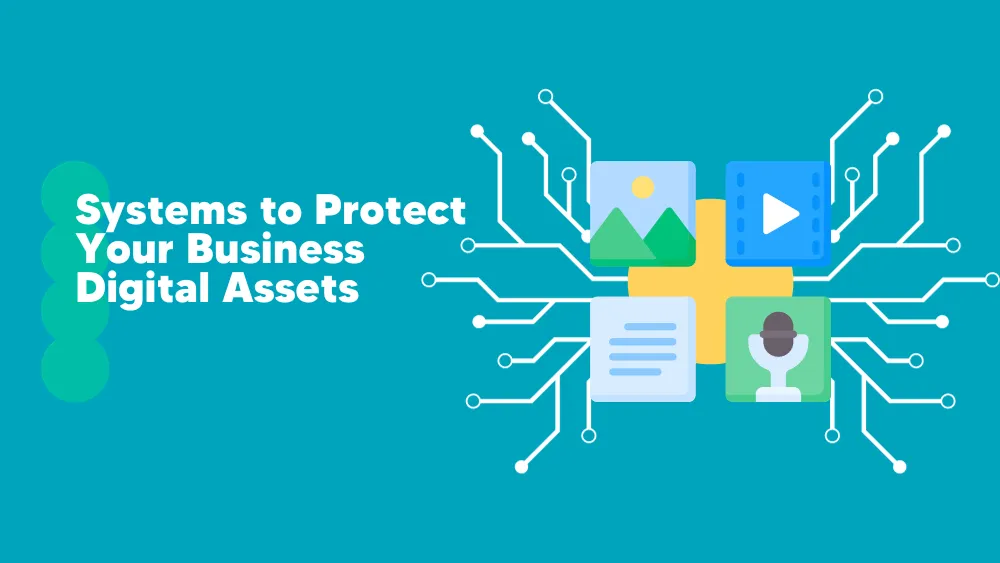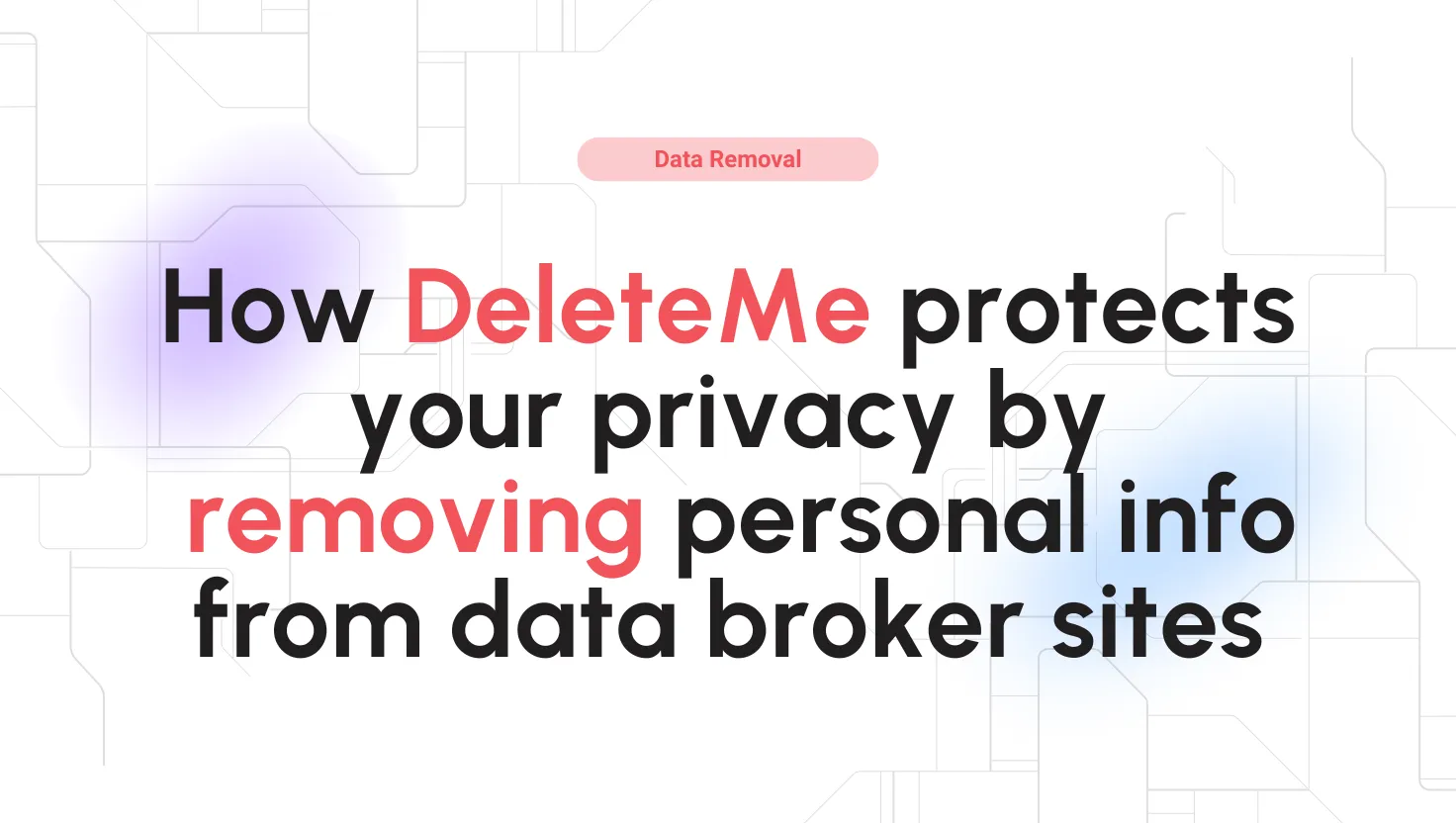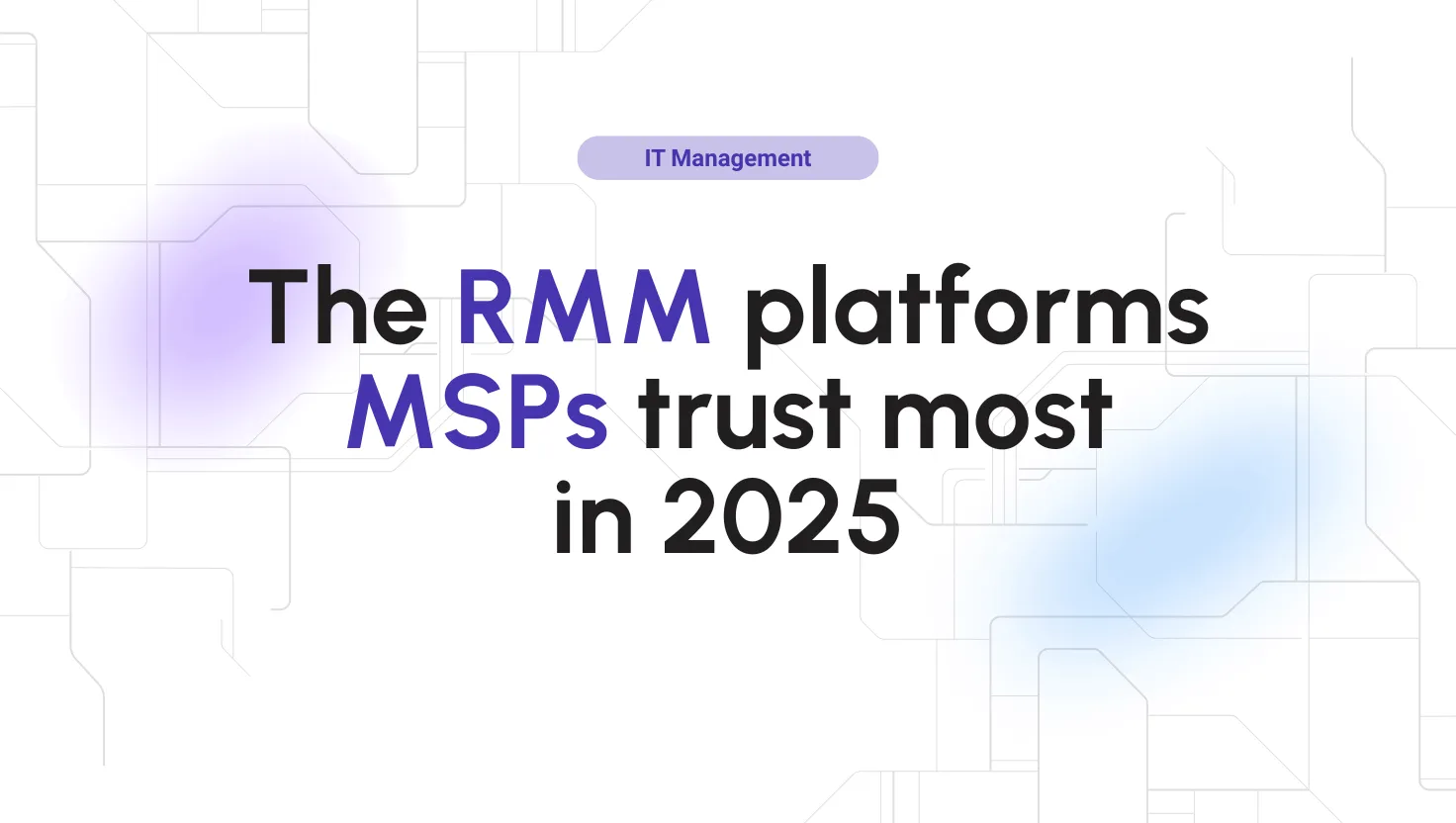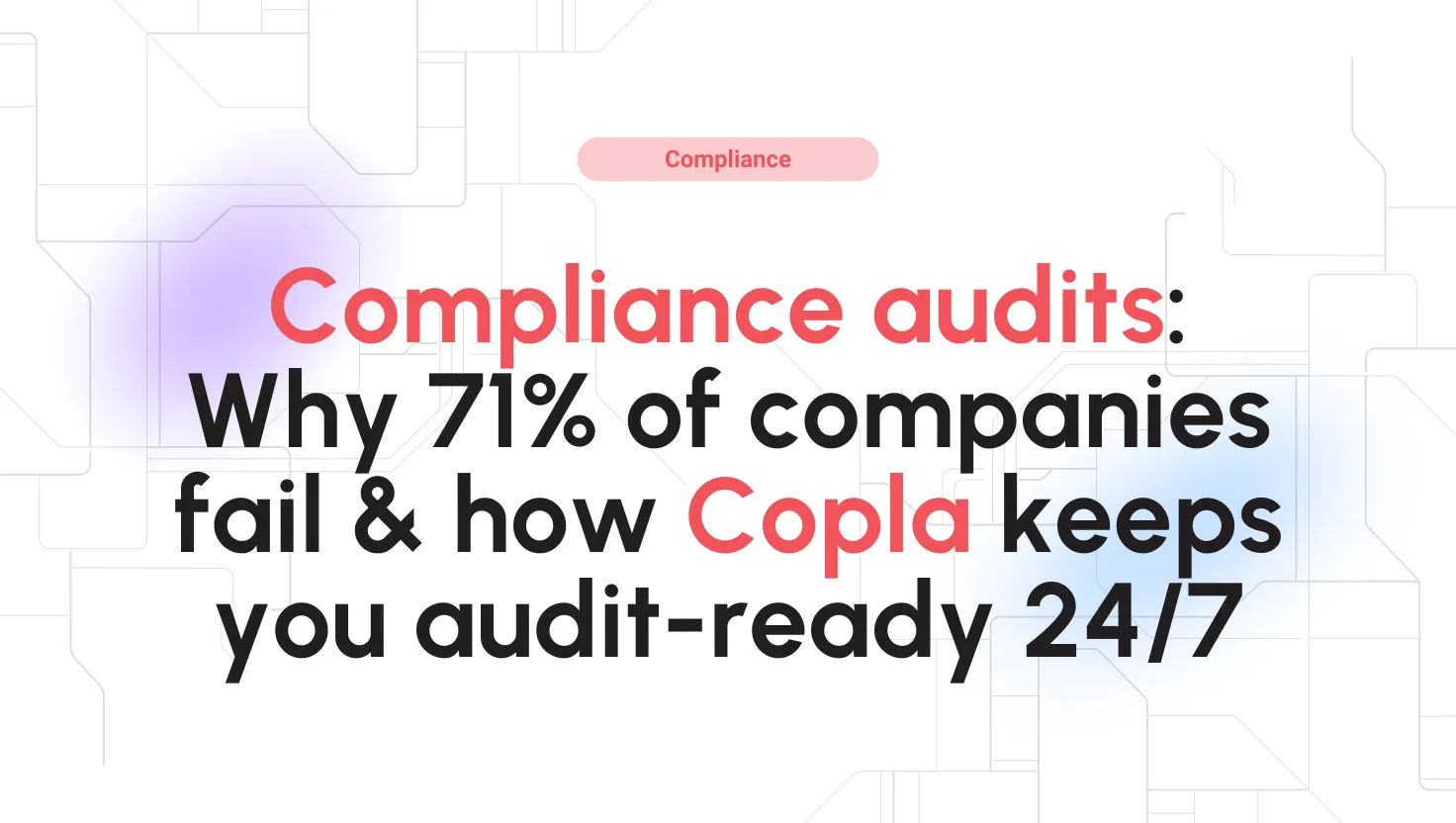
Bynder Reviews for 2025
Save 40% on your SaaS stack with expert guidance
Free Consultation
What is Bynder?
Bynder is a digital content creation and management platform with built-in analytics and collaboration tools. The feature set is spread across eight massive modules:
- Digital Asset Management
- Creative Workflows
- Video Brand Studio
- Print Brand Templates
- Digital Brand Templates
- Brand Guidelines
- Bynder Analytics
- Plugins & Integrations
Found in these Categories
Best For
- StartUps
- Freelancers
- Small Business
- Medium Business
- Large Enterprise
Bynder Pricing
Looking to Save Time & Money
Audit, consolidate, and save—powered by our internal buying team. Let our experts analyze your current software stack and identify opportunities for cost savings and efficiency improvements.
- Stack Audit
- Cost Reduction
- Expert Team
Bynder Features
- Asset Categorization
- Asset Sharing
- Brand Guidelines
- File Conversion
- File Preview
- Metadata Management
- Search/Filter
- Version Control
- Workflow Management
- Reporting/Analytics
- Asset Sharing
- Customizable Branding
- Mobile App
- Asset Library
- Approval Process Control
- Change Management
- Activity Planning
- Marketing Calendar
- Strategic Planning
- Artwork Management
- Customizable Templates
- Collaboration Tools
- Approval Workflow
- Project Management
- Task Management
- Campaign Management
- Digital Asset Management
- Content Management
- Brand Management
- ROI Tracking
- Time Tracking
Leave a Review
Bynder Company Details
Company Name
Bynder
Headquarters
Netherlands
Website
bynder.com
Own this Software?
Bynder vs. Similar Products
Select up to 3 Software, to enable Comparison
Compare Selected SoftwareEditorial Review: Bynder Deep Dive
Table of Contents
All businesses live or die by their assets. For Disney, it’s the character lineup, which is why The Big Mouse is frantically buying movie franchises and character portfolios. It could also mean graphics, sounds, databases, schematics, and much more for everyone else. Bynder is a DAM (data asset management) system that lets teams collaborate on assets, marketing, and asset marketing. My Bynder review goes in-depth on digital content and digital asset management through a cloud-based media library.
Bynder DAM for brands
Brands must take special care to provide a consistent experience to customers. This is a special type of marketing called “branding.” It requires a long-term plan that is robust and open to experimentation. Storytellers, visual artists, managers, programmers, and other team members need a place to collaborate and build the brand. Bynder provides the environment for brand building and packs it with a host of related resources. In addition, the State of Branding Report collaborates with research firms, delivering surveys covering hot industry trends. The 2021 Report’s main topic is creative automation to meet content demands, which most professionals couldn’t adapt to.
How to use Bynder?
You can use Bynder in one of two roles: an administrator or an end-user. The former has unlimited permissions and can manage team accounts, profiles, and tasks. This role can also access stats on each end-user, such as who viewed which assets. The latter role uses the team dashboard to get information and assets needed for task completion. The search bar and filters help sift through assets and the media library.
Furthermore, both roles log into Bynder in the same way. There is a customized URL, CompanyName.bynder.com, where both roles can enter their login credentials. End-users need to contact their assigned administrators if they have trouble logging in. On the other hand, administrators that can’t log in should contact Bynder support.
Details of Bynder Features
The core premise of Bynder is simplification without compromising security. As a result, sensitive data can be imported and managed with ease. In addition, a scalable production pipeline lets teams iterate nimbly. The following is a non-exhaustive overview of features in Bynder.
-
Digital Asset Management (DAM)
DAM is designed as a hub for digital content sharing. Images, brochures, videos, artwork, and PDF files have their metadata indexed to provide a seamless search. Compatible with Amazon Rekognition for automatic tagging. File previews let users inspect digital assets without downloading them to local storage. The collection is a Bynder media library optimized for quick access. Editing and sharing files within a Collection means groups of creative professionals can collaborate without a data leak. If one does happen, administrators can quickly narrow down the suspect list. Access can be time-restricted as well.
-
Creative Workflows
A module designed for digital content creation from a draft version to the final cut. External agencies can be included in review and approval processes, ensuring the workflow is transparent and straightforward. In addition, projects can be grouped into campaigns for proper delegation to third parties.
Each end-user gets a personal dashboard, where the pending task list provides a clear overview. As assets are edited, they can be viewed by those with the proper authorization. E-mail notifications and annotations keep everyone updated on what’s happening with the project. Version control is a given. Contractors are provided with a special “Book Time” feature that tracks their hours worked. Administrator access can be customized for each outside party, allowing for a nuanced delegation of tasks.
-
Video Brand Studio
Video Brand Studio leverages Bynder integrations, serving as a content creation and distribution hub. Moreover, video content is the best way to generate engagement with the widest possible audience. Short video forms are great for viral sharing; long video forms build trust in the brand. End users can create branded videos, adapt video formats to different social networks, and pass them to other Bynder modules. The official Bynder feature overview boasts all of that is possible “without needing design or video editing skills.”
Video projects can be imported or exported with file formats compatible with all major video editors. Brand presets are perfect for batch video creation, where users can make high-quality videos from scratch. Power users can edit the entire series once if revisions are in order. Link up Facebook, Instagram, or YouTube channels for direct publishing from Bynder.
-
Print Brand Templates
This print design module leverages the brand’s existing design documents. Imported files can be turned into an editable template, with end-users permitted to modify them. The editor is visual, allowing for direct file editing and asset management. DPI check is another form of asset management, ensuring high-quality prints. All documents or individual words are readily translated into other languages through a dropdown menu. A sequence of people must approve each file before it moves on. Each can turn it back for a rework, rounding up the media library management features.
Moreover, editing only requires a browser without any additional downloads or installations. The editor is HTML-based, and the processing is done directly, giving a real-time preview of all changes.
-
Digital Brand Templates
Photoshop and Sketch are powerful design tools that require equally powerful hardware. Dynamic teams often find themselves hampered by the need to be on location to do their design work. Thanks to Digital Brand Templates, they can work remotely with only an internet connection.
Furthermore, marketers and designers get the freedom to do A/B tests quickly. Individual elements can be locked in to provide a baseline for the template’s performance. The remainder will boost the metrics as the poorly performing elements are weeded out. They are assorted in templates for scalable digital asset production.
These templates can be reused, exported, and tinkered with in Sketch and Photoshop. Spruced-up templates can be re-imported into Bynder. No effort or asset needs to be wasted. High-performing assets can be added to the company’s asset pool in Bynder, letting other teams draw from it.
-
Brand Guidelines
Professional creatives develop second sight for work in their niche. For example, visual artists can distinguish between hundreds of shades of purple. Wordsmiths can immediately spot font attributes, such as kerning (the distance between letters). Putting the two together and telling them, “Any purple font will do,” would give them a mild panic attack.
Brand Guidelines is a knowledge hub for creatives who need highly specific instructions. Every single element can be defined down to the last bit or pixel. Steady work on the brand manual produces what the creatives call “the design bible.”
A design bible is meant to end all creative disputes or petty squabbles, redirecting energy into productive channels. Professional creatives don’t have to interrupt their workflow. Instead, they can get engrossed in the work and allow their inspiration to take over. Guides on how to do work can be shared publicly via a link. There is a native mobile app as well.
-
Bynder Analytics
Usage data are the most valuable part of any asset library. They indicate which assets are deadwood to prune and which saplings are worth cultivating. Likewise, quick content creation starts paying dividends when there’s reliable feedback on how each piece of content performs. Better yet, metrics can also reveal hidden trends and subconscious tendencies that can be leveraged for increased profit.
Bynder Analytics dashboard has modules dealing with account information, asset usage, and asset popularity. In addition, you can generate manager-level, shareable. PDF or. PNG reports from this dashboard for more insights.
-
Plugins & Integrations
Ever had to transfer a file from your phone to your desktop device? Find the right cable, connect your device, manually search for the file, and transfer it. That’s step one. If you need to send the file onward, you’re looking at wrangling cloud storage accounts and their login details. As files pile up, this busy work consumes more and more of everyone’s time.
Bynder Plugins & Integrations is a set of tools designed to connect your existing digital content ecosystem with Bynder. If you find them lacking, Bynder integrations allow making a custom access point using the native API and SDKs (Software Development Kits). With files smoothly flowing into and out of Bynder, digital asset busywork is cut to a minimum.
-
No artificial intelligence
Bynder appears to have it all except one thing — artificial intelligence (AI). But unfortunately, there’s also no mention of its precursor, machine learning (ML).
ML and AI would not replace humans but eliminate most wrong choices, empowering everyone to work better. Sadly, there’s not even a hint of AI or ML being available on Bynder. This limits how many meaningful automation features Bynder can add.
-
Vendor lock-in
Successful businesses experiment with burning excess cash in hopes of catching lightning in a bottle. What Bynder does, it does well; what Bynder doesn’t do, it can’t do at all. Unfortunately, one of the things it can’t do is let you experiment. If your business is successful, you’ll outgrow Bynder, become stagnant, and find it hinders rather than helps you experiment beyond what you have.
It could turn out your business has fused with Bynder to the point you can’t leave. That’s called “vendor lock-in,” and it is the wet dream of all businesses running on the SaaS profit model. You might have so much data spread around Bynder that you can’t transfer it outside the platform and keep running. My advice is to store your data in universal formats, such as. PDF and. XLSX. That will help if there’s a need to migrate away from Bynder at some point and automate data extraction.
Integrations
As of January 2022, Bynder supports 62 external platforms, such as Moovly, Trello, and Getty Images. A special DAT (Dynamic Asset Transformation) system automatically resizes digital content, adapting it for distribution through your indicated channel. In addition, Bynder features Universal Compact View, a pre-built UI component that meshes external data libraries with Bynder. It’s written in Typescript, providing developers with a consistent, simplified user interface. So no matter which platforms you’re fetching assets from, there’s always the same interface.
Alternatives to Bynder
Now let’s see what other alternatives you have instead of Bynder.
- Brandfolder
- Canto
- Widen
- Imagen
Bynder vs. Canto
Canto boasts simple pricing models and a transparent feature set. However, there are no prices on the official website, not even ballpark ones, just like Bynder. One major difference is the claimed inclusion of AI-powered tools, specifically facial recognition. According to Canto, their AI-powered smart filters automatically label and filter digital assets. As for other features, a notable one is User Training. It implies there are tutors and/or courses made by them to help you, onboard new workers. That’s a nice touch, which Bynder doesn’t offer. However, the rest of the features don’t inspire confidence; the number of integrations is in the 30s, not the 60s, like Bynder.
Bynder vs. Brandfolder
Touting itself as “#1 rated DAM according to user reviews”, Brandfolder boasts using machine learning and artificial intelligence. The platform’s proprietary AI engine called “Brand Intelligence” analyzes the assets to tag them automatically. One example of how it works is a picture of a pug, which Brand Intelligence tagged as a “sassy red pug,” implying it can read facial expressions in animals. Natural language processing means you can write the same tag differently and still have the system recognize it. In addition, the AI will learn from you to recognize which brands matter to you. Moreover, as for the video content, the AI can examine scenes to spot video elements.
Bynder Review Conclusions
SaaS companies make their products as accessible as possible to attract new users. The goal is to draw in users, create a self-sustaining network effect, and hopefully convert them into customers. Unfortunately, Bynder does not function like that. Instead, Bynder appears indifferent to new users and outright hostile to the existing ones. However, Bynder’s feature set could be worth your trouble despite the hurdles, but only if you have a legal team comb the fine print.







